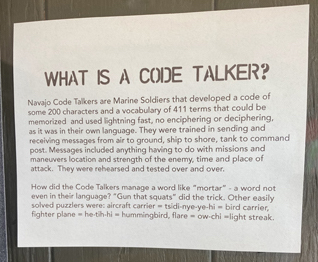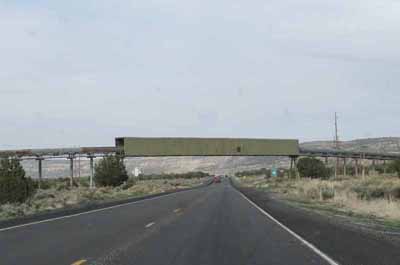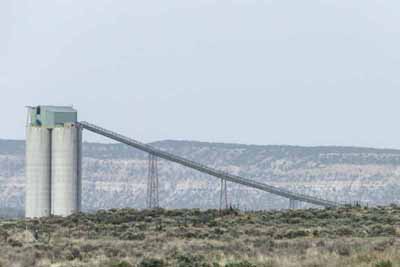A Restaurant is Also A Memorial
Northern Arizona is part of the Navajo Nation.
I’ve been lucky enough to visit and photograph the immensely scenic Monument Valley Navajo Tribal Park. This iconic area is located on the Arizona-Utah so we stay overnight in the nearby town of Kayenta. Next door to the hotel is a Burger King restaurant where we can catch breakfast before going to the park.
But this Burger King is unlike any other that we’ve been to. Inside is an extensive display – a mini-museum if you will – of the Code Talkers. The Code Talkers were U.S. servicemen recruited from among the Native Americans (mostly Navajo) during World War II. Some 500 of these Navajo speakers used their language skills to code and transmit secret messages among the various military units. Dozens of volunteers were from the Kayenta area.
I’ve visited this Burger King multiple times over the years and each time the display has been enlarged and enhanced.
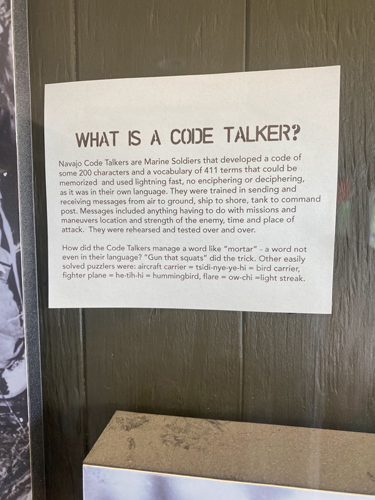 |
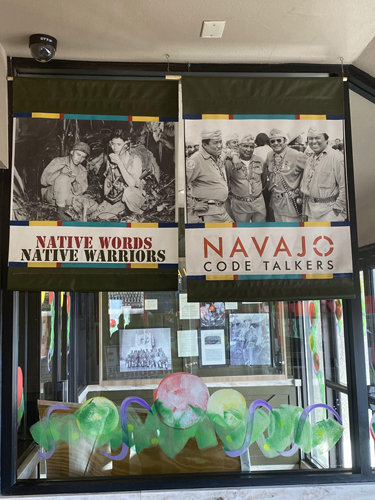 |
> |
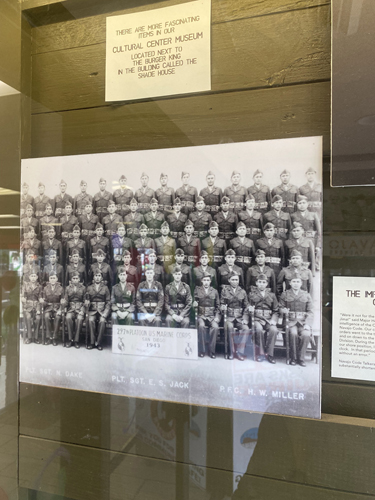 |
 |
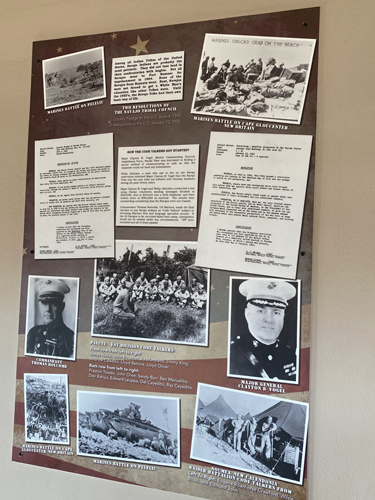 |
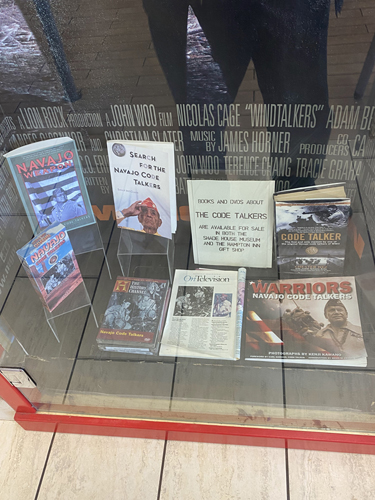 |
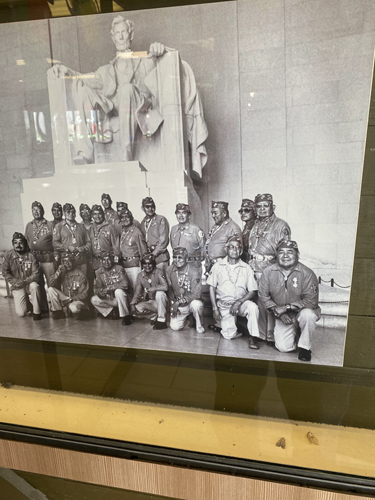 |
 |
 |
It’s believed that our enemies were never able to decode any of the Code Talker messages.
The Burger King in Kayenta is a great place to stop to learn about these brave men who served and fought during World War II and the Korean War.
